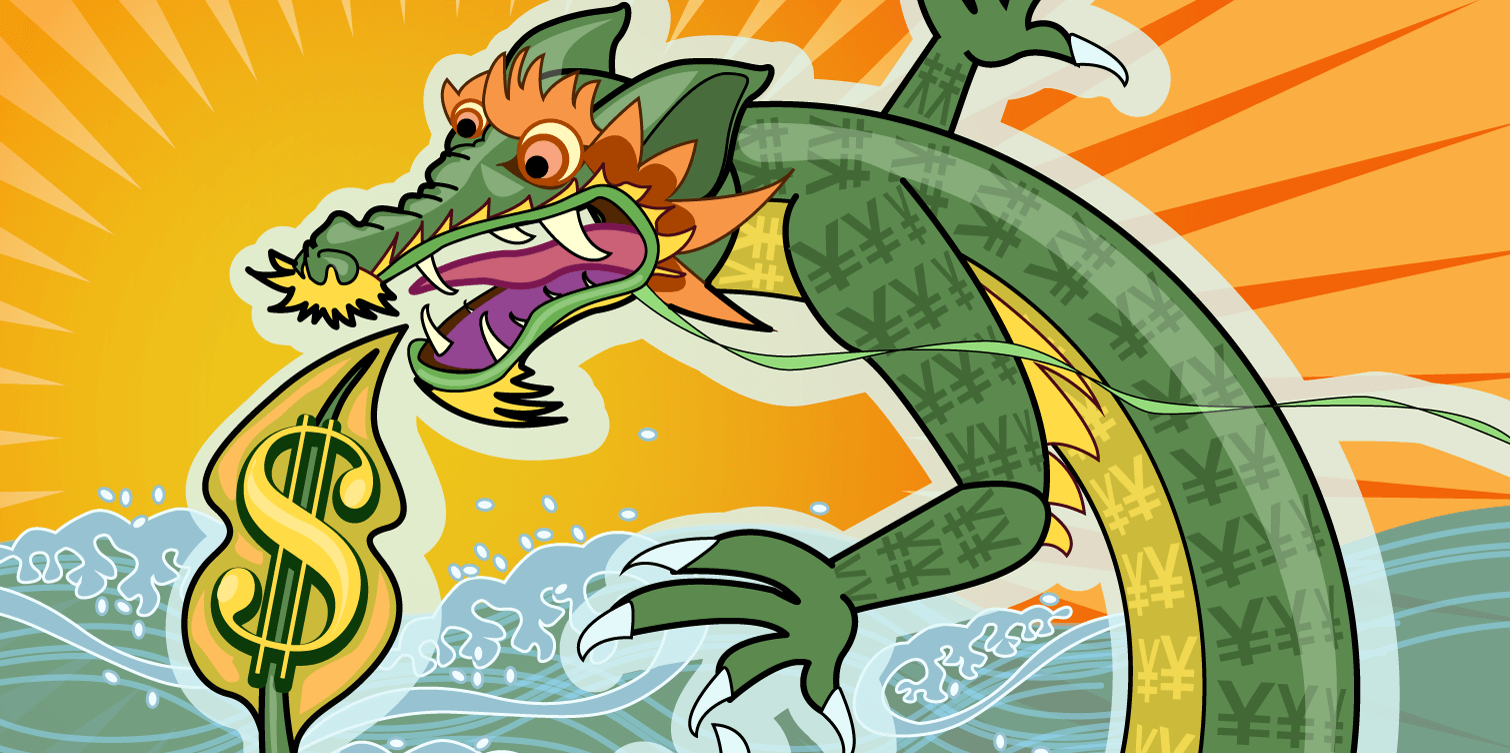When economists, policymakers or the general public talk about searching for a job, we often assume the one doing the searching is the worker. Under this view, most workers end up with a job because they went out and looked for one. But new research published yesterday by the Federal Reserve Bank of San Francisco challenges this notion.
The authors of the “economic letter,” Carlos Carrillo-Tudella of the University of Essex, Bart Hobijn and Patryk Perkowski of the San Francisco Fed, and Ludo Visschers of the University of Edinburgh point out that the most commonly used data set about the U.S. labor market doesn’t tell us anything about the search for jobs. The Current Population Survey, run by the U.S. Bureau of Labor Statistics, doesn’t tell researchers anything about the search effort that workers put into finding a job. Instead they look at the Contingent Worker Supplement to the CPS, which has data about job searches three months prior to the survey.
Unfortunately, the most recent data is from 2005, yet the results they find are still quite interesting. More than 67 percent of workers who were hired didn’t look for a job in the previous three months. So less than one-third of total hires were workers who were actively searching for a job. What’s more, the importance of non-searchers in switching jobs holds up when the researchers break the data down by the employment state of these workers as well.
According to the authors’ analysis, about 26 percent of overall hires were of employed workers who weren’t searching for a job. Another 42 percent of new hires were workers without jobs who weren’t looking for a job. In other words, they were out of the labor force. This second result is particularly interesting. We often think of workers out of the labor force as discouraged workers who won’t find jobs. Or if they are on their way to employment, they need to start searching first and enter the ranks of the officially unemployed.
Consider the Beveridge Curve, which looks at the relationship between job openings and the unemployment rate. This curve is supposed to show the relationship of workers transitioning from not having a job to having one. If this new analysis out of the San Francisco Fed is true, it emphasizes the need for a better understanding of the data that underlies the curve.
But let’s put these numbers into context. These results don’t mean that searching for a job is futile. In fact, quite the opposite. Workers who actively search for a job were far more likely to move over into a job (11 percent) than workers who didn’t look for a job (1.8 percent). So looking for a job is incredibly important for individual workers—even though the act of not looking for a job doesn’t mean workers won’t soon switch jobs.
If workers aren’t searching for new employment, then it appears employers are the ones conducting a search. Recruitment and poaching are likely ways employers do this, the authors point out. But how can researchers measure employer recruitment efforts? The Job Openings and Labor Turnover Survey, published by the Bureau of Labor Statistics every month, measures job openings. But Carrillo-Tudella, Hobijn, Perkowski, and Visschers cite research that finds over 40 percent of hires at firms were for jobs that were never publically advertised.
What to make of this research? The big picture is that some very important dynamics of job-to-job mobility don’t register in important data sets and the common conception of the U.S. labor market. Of course, the data used in this analysis is about 10 years old at this point. But that means looking into this question is perhaps even more pressing.

